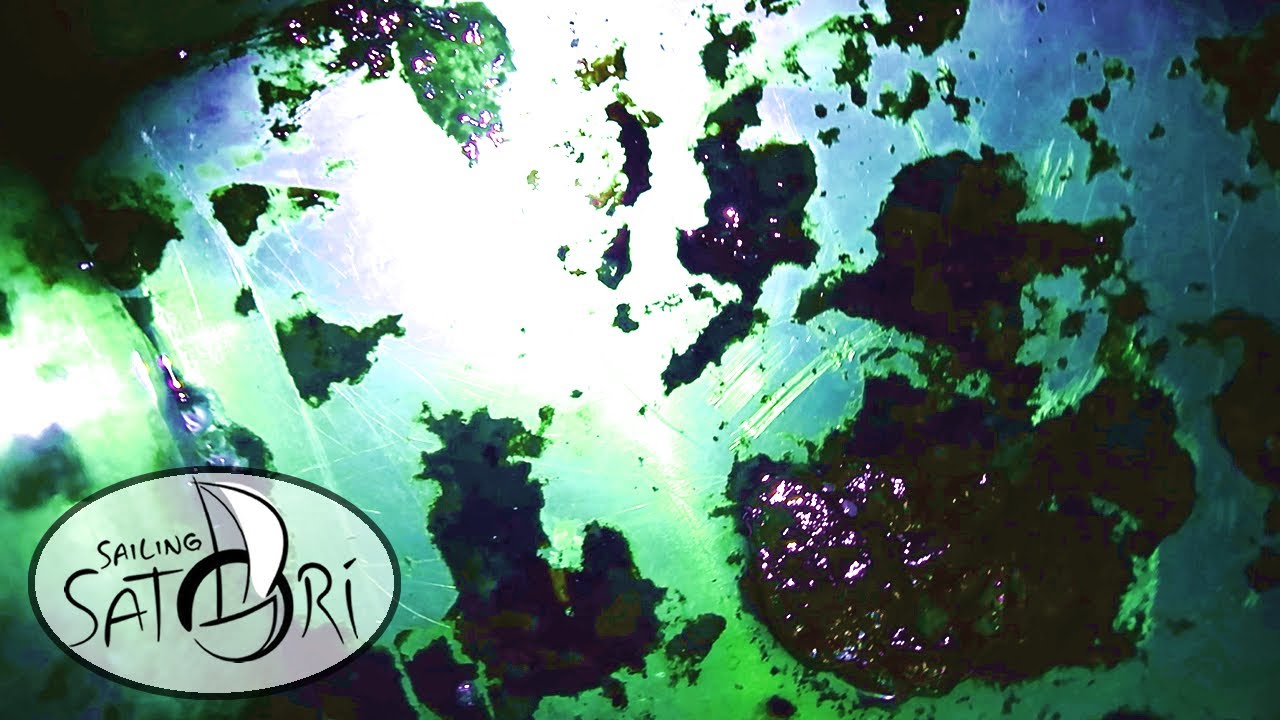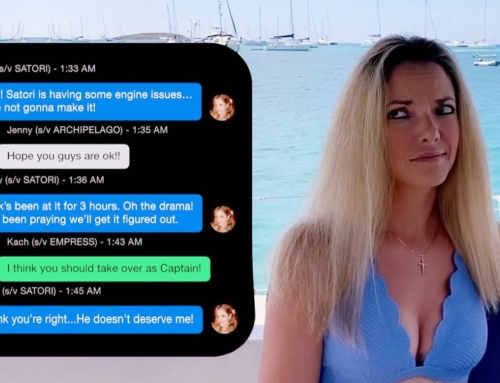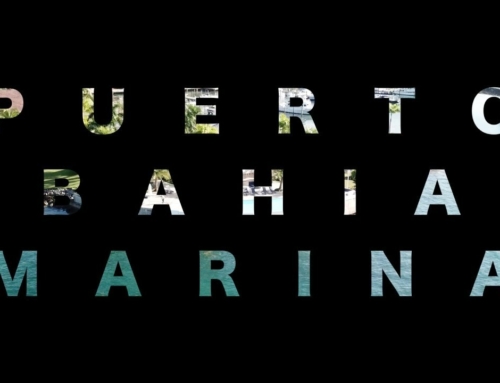Ever wonder whats happens when you neglect your fuel tanks? What happens when you become complacent and fail to treat your fuel, especially while in a 3rd world country? I’ll show you…
For the first 3 years that I owned Satori, she was based in the Tampa bay area of Florida. My sailing habit consisted of a few day-sails per week, the occasional overnight stay at a local anchorage, or 2-3 weeks I’d spend sailing to Key West each year. My tanks were never spick and span, but they were never a problem. This is probably because the diesel fuel available in the United States is clean and generally free of water and other contaminants.
I had been told that I should be using additives and stabilizers in my fuel, but when I bought the boat, it always seemed like “something for the future”. I wasn’t using much fuel and would only have to add 20-30 gallons every 6 months. It was one of those things where you knew you should doing something, people told you to do it, but you didn’t really grasp the eventual consequences of why. It was very much a case of “I forgot to buy fuel additive, but I just take care of that later”… ignorance is bliss!
Fast forward almost 4 years later and I find myself in the Dominican Republic, engine stalled out for unknown reasons, only a few hundred years to get to my mooring. All of that ignore had caught up to me. I had purchased fuel in the Dominican Republic with the promise that is was “very very good” (add Spanish accent). Then, we parked the boat for several months while we enjoyed the slow pace of what we call Hurricane Season.
Little did I know, but should have been prepared for, the growth that was taking place in my tanks over the summer. Between the layer of fuel and water that had made it was into the tanks along with the fuel, or simply by condensation, a combination of algae and fungus were feeding and growing. It seems impossible when you think of anything growing id a tank of diesel, but nature has its way.
If I would have simply developed the habit of adding a half once of Biocide, which is designed to prevent this type of growth, I would have never known the joy of being plagued with what they call Diesel Bug!
In this video, I take you along as I do my best to clean my tanks with the single access port they were designed with. Like many fuel tanks, my tanks were designed with baffles separating 4 sections of the tank, with only a small cut away in each corner of the baffle which allows fuel to pass between the sections. To put it simply, I could only see or clean 25% of each tank.
The conventional way to “clean” the rest of the tank is to filter all of the fuel in the tank through a fuel polisher. If you hire a good mechanic to do the job, he will use a fuel pump/filter to transfer all of the fuel to a 50 gallon drum, then add a high powered degreaser to the tank and let it sit overnight, or longer. Then he’ll rinse and flush the tank with water and then let it dry. This is a 2-3 day process and you probably don’t want to staying onboard during this process, at least not with the wife.
Since we had limited resources and space in Luperon, Dominican Republic, I chose to simply transfer the fuel completely from one tank to the other, several times, until I saw was clean fuel passing through the fuel polisher. This certainly help and improved the state of my tanks, but we would find as we motor-sailed out of Luperon, at night, it did not “cure” the problem.
On the next segment of our battle with the diesel bug, we take extreme measures to solve the problem once and for all!







Check this out. It may help going forward with fuel issues.
https://www.youtube.com/watch?v=RYHuZyaPNPY
Hi Nick, I just watched the YouTube videos today with you cleaning your tanks and “polishing” your fuel. All I could think of was “Why didn’t the tank manufacturers allow access to all the spaces?” Could you use a big hole saw to open up access to the areas between each of the baffles? You could fabricate a cover and gasket to cover the holes once you got the interiors clean. Just some thoughts.
I really enjoy watching your and Kelly’s adventures visiting all the tropical locations but also like the technical stuff too. I’ve done a lot of things in my life including some time as an auto mechanic. So all the maintenance, repair and upgrades you show are interesting to me. Anyway, just some thoughts after watching your latest videos. Happy Sailing!